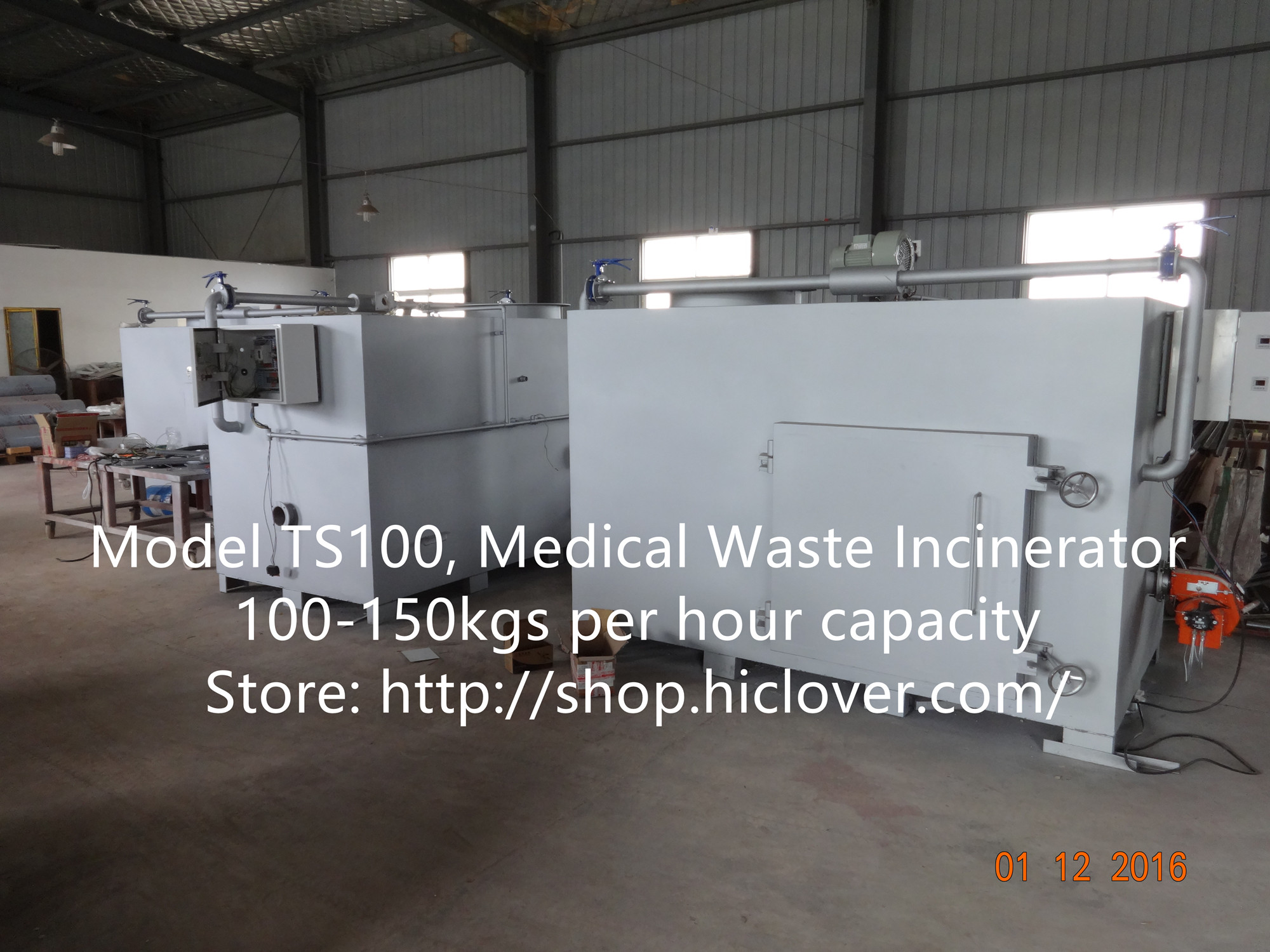The medical industry generates a significant amount of waste, including potentially infectious materials and hazardous chemicals. Proper disposal of medical waste is essential to protect public health and the environment. In recent years, there has been a growing concern about the environmental impact of medical waste and the need for sustainable disposal solutions. Fortunately, revolutionary technology is now offering a sustainable solution for medical waste disposal.
One of the most promising advancements in medical waste disposal technology is the use of autoclaves. Autoclaves are devices that use steam and heat to sterilize medical waste, effectively destroying bacteria, viruses, and other pathogens. This process not only renders the waste harmless but also reduces its volume, making it easier and safer to handle.
In the past, autoclaves were primarily used in hospitals and large medical facilities. However, recent innovations have made autoclave technology more accessible and cost-effective for smaller healthcare providers, such as clinics and doctors’ offices. This has led to a significant increase in the use of autoclaves for medical waste disposal.
Another revolutionary technology that is changing the landscape of medical waste disposal is the use of on-site treatment systems. These compact, portable systems allow healthcare facilities to treat their medical waste on-site, eliminating the need to transport it to off-site treatment facilities. This not only reduces the carbon footprint associated with waste transportation but also saves time and money for healthcare providers.
Furthermore, on-site treatment systems often utilize environmentally friendly treatment methods, such as steam sterilization or chemical disinfection, to render medical waste safe for disposal. This ensures that harmful pathogens are effectively destroyed without the need for incineration or other environmentally harmful disposal methods.
In addition to autoclaves and on-site treatment systems, there are also emerging technologies that focus on recycling and repurposing medical waste. For example, some companies are developing processes to convert medical plastics into useful materials, such as building materials or 3D printing filament. This not only reduces the amount of waste sent to landfills but also contributes to a circular economy by creating new products from recycled materials.
The adoption of these revolutionary technologies for medical waste disposal is not only a step forward for environmental sustainability but also for public health and safety. By effectively sterilizing and treating medical waste on-site, healthcare providers can minimize the risk of contamination and exposure to harmful pathogens. Additionally, these technologies help healthcare facilities comply with stringent regulations and standards for medical waste management.
As the demand for sustainable solutions for medical waste disposal continues to grow, it is essential for healthcare providers to stay informed about the latest advancements in technology. By incorporating these revolutionary technologies into their waste management practices, healthcare facilities can contribute to a healthier and more sustainable future for both the environment and public health.



